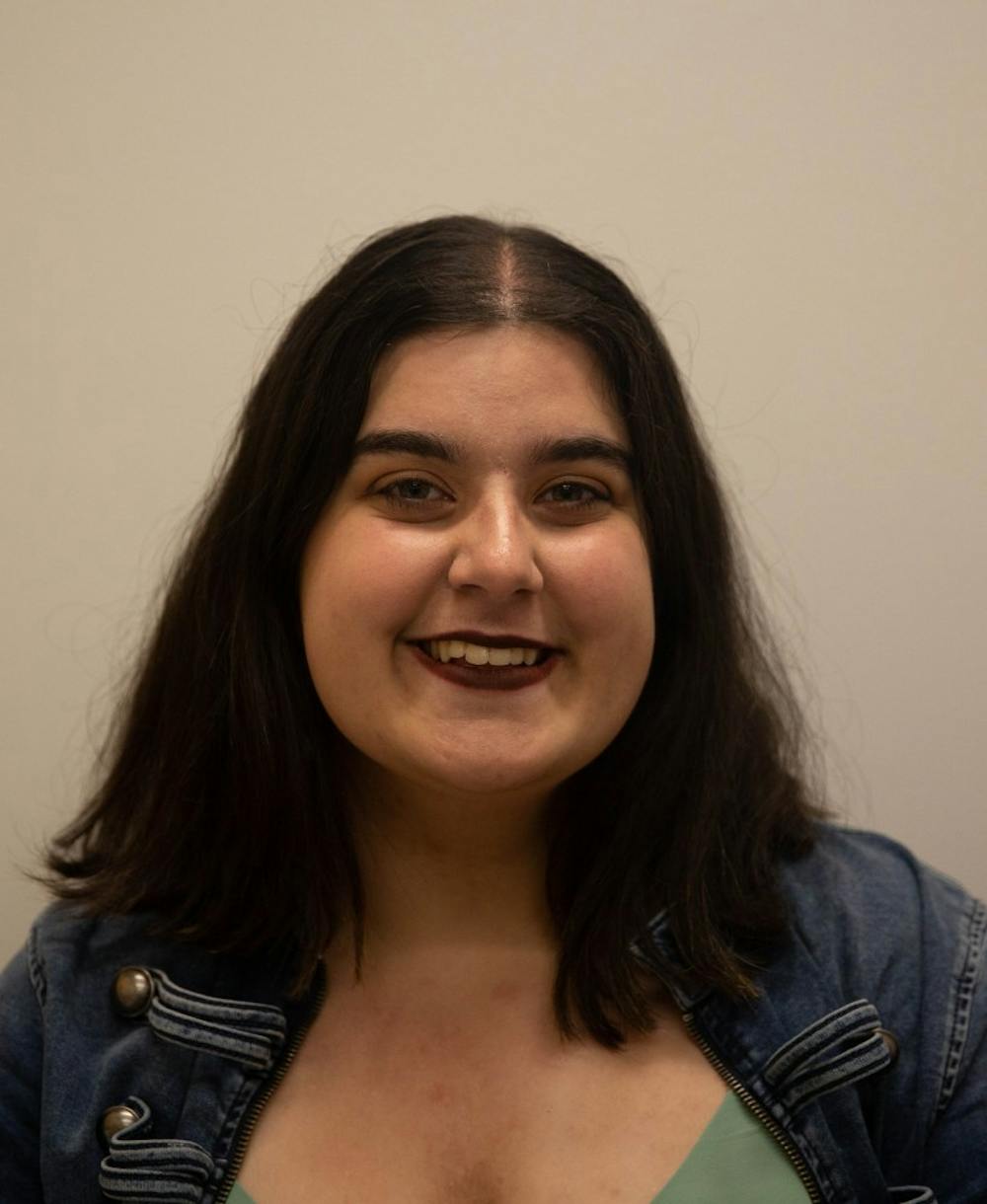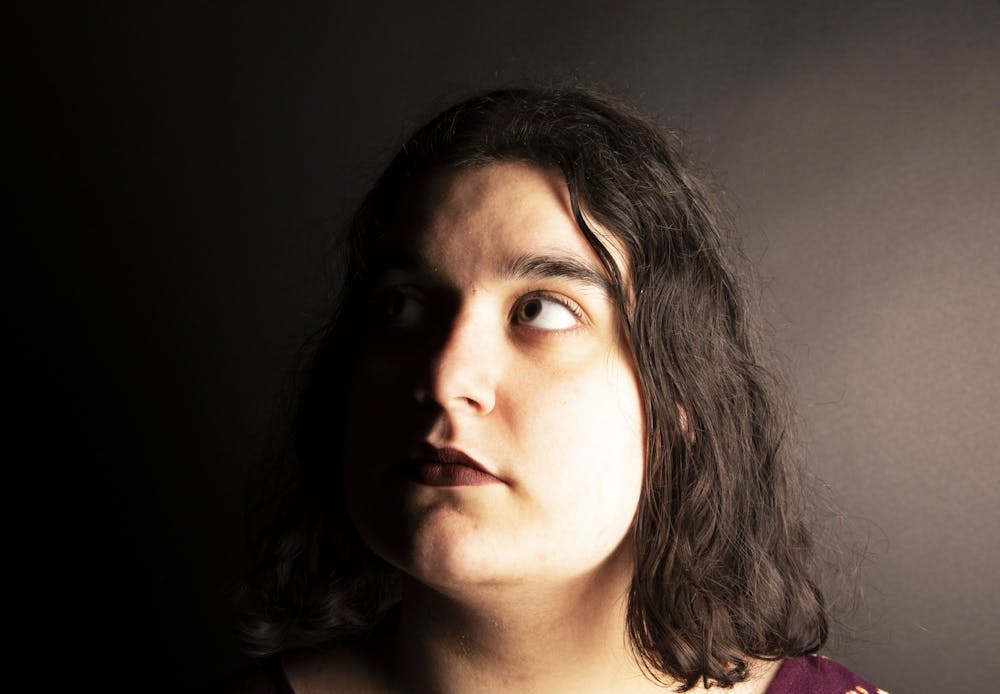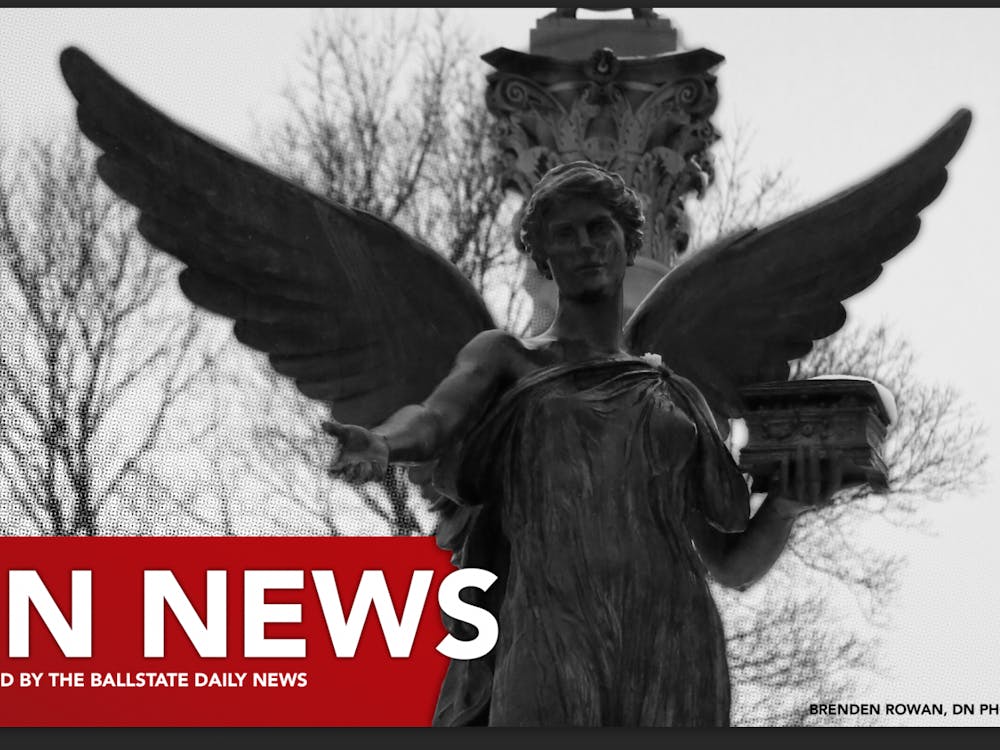
Elena Stidham is a senior journalism and telecommunications major and writes “Loud and Clear” for The Daily News. Her views do not necessarily reflect those of the newspaper.
When I studied abroad last summer, I took a class on Japanese animation. In this class, we learned about the different roles animators play, and one key role stood out to me: the in-betweeners.
With animated films, there are key animations with pivotal scenes and frames the lead animators draw. However, a whole movie could not be made with just key animations and animators.
That’s where the in-betweeners come in — they draw what’s between each key animation to make the scene one single, fluid piece.
They recognize each other’s importance; one cannot exist without the other. However, I noticed this mindset is not carried over to real people, to someone like me who considers myself what I would call an in-betweener.
To people who are biracial. Like me.
My mother was born in Iraq, and my father was born in Michigan. I got my mother’s never-aging complexion, and from my father, the fairness of my skin. I got my eyes from my white side, but I got my thick hair from my brown side.
I am from two different worlds that, at one point in time, were never allowed to collide with each other. Yet, they still collided and met in the in-between where they made me, and I am here.
I used to think I was so cool, despite the fact that I didn’t fully understand what I was. I knew my mother wasn’t born in the United States, but I had no clue what race was. I didn’t know how I was different, I just knew I was different, and I loved it.
I used to think I was somebody special because of my differences, but as I grew older, these differences started to turn against me.
I was the girl caught between two fish hooks sinking into her cheeks, and I can’t pry them out no matter how hard I try. One of these days, I fear these fishing lines will pull on me harder than I can bear, and I will be ripped apart.
This is my reality of being biracial. This is where I grew up — in the in-between.
My worlds don’t exist solely in the home. They are prominent everywhere I go. When I shop for shampoo and conditioner, my hair is always too thick for the products for white girls but not thick enough for the products for black girls.
It’s not just hair products. Basically everything, including discussions about diversity, is made for people who are white or people who are black. I’m white enough to be immediately classified as Caucasian at first glance, but I’m not white enough to walk through an airport without being the one “randomly” selected. I’m Middle Eastern enough to pronounce the culture’s locations and food correctly, but I’m not Middle Eastern enough to be allowed into groups with other people like me because I don’t have brown skin.
I’m never enough to fit in just right on either side.
I don’t fit in with Americans because I was raised with a family of Chaldeans who spoke Aramaic and ate rice with literally every meal. Yet, I don’t fit in with Chaldeans because I was raised with a family of Americans who spoke their mind and were allowed to be pulled over by a cop without the fear of being shot.
The only thing I feel I’m “enough” of on both sides is disappointment — I hear it in their tones, and I can see it in their eyes.
They’re disappointed because I can’t speak any Arabic or Aramaic. They’re disappointed because I don’t know what box to tick off in every form I fill out. They’re disappointed because I’m not easily labelled one or the other.
They’re disappointed because I'm confused about who I am.
Why should people like me have to live like this? Why do I have to act like I’m on one side or another? Why can’t I exist on a plane where I’m allowed to be both?
It wasn’t until I came to college when I actually met other people like me in the in-between. During my freshman year, my RA was half black and half white. I could not tell you the immense joy I felt during our dorm’s Thanksgiving party when she told me about the food she ate on her “white side” and the food she ate on her “brown side.”
I had never heard anyone besides me use the term “brown side” before. I almost cried.
No matter how much I explained it to someone, they didn’t know what I was talking about whenever I said my family would have curry one night and hot dogs with macaroni and cheese the next. Nobody could relate to me whenever I called my Chaldean grandmother “Nana” and my white grandmothers “Grammy” and “Mamaw” in the same breath.
No other person was able to relate to that until I got here.
We were mixed. We were in-betweeners. We were what happens when two worlds come together and then are ripped apart by fish hooks.
We’re here, we’re prominent, we’re important, we’re alive — even if we had to make space for our own selves to do so.
Just like in the world of animation, a whole movie could not be made with just key animations. There needs to be in-betweeners. The whole narrative surrounding diversity and the world as a whole cannot exist with just one or the other. There needs to be in-betweeners.
When there’s in-betweeners, suddenly, there’s a whole movie. Without people who are mixed, you can’t complete the whole picture — you can’t hear the whole story of diversity.
I’m tired of living in a world where I am identified as one or the other, and I am not accepted as either or. I am both, and I should be accepted as both because being both is enough.
There is nothing wrong with being an in-betweener. I had to learn this on my own. In-betweeners are the ones who narrate your movie, and in-betweeners are the ones who fill the missing roles. In-betweeners are the ones who are often overlooked and never recognized, and that needs to change.
People like me are the in-betweeners of everyday life, and we’re not going away.
Contact Elena Stidham with comments at emstidham@bsu.edu or on Twitter @elenastidham.





